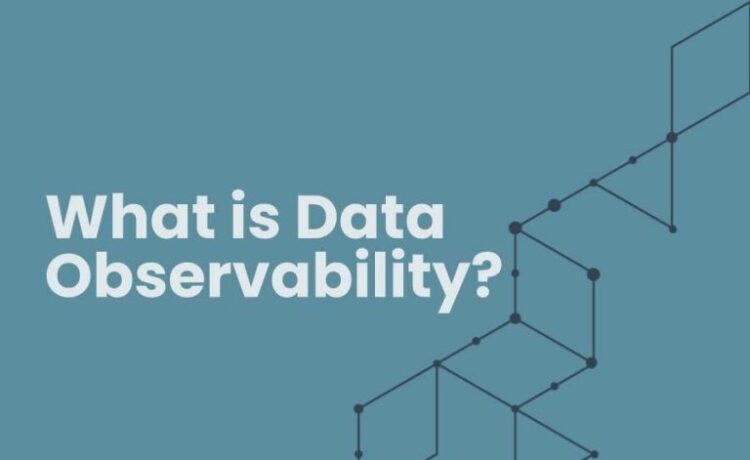In today’s data-driven world, organizations are constantly seeking ways to harness the power of data to gain a competitive edge. Full stack observability, when applied strategically, can be a game-changer for optimizing data utilization. This article will explore how to leverage full-stack observability to maximize your data and achieve data mastery.
The Intersection of Full Stack Observability and Data
To understand the significance of full stack observability in data utilization, let’s delve into how these two concepts intersect:
- Comprehensive Data Collection
Full stack observability encompasses the collection of logs, metrics, and traces from various components within your technology stack. This means that not only can you monitor the performance of your systems, but you also gain insights into the data generated by these systems.
- End-to-End Visibility
With full stack observability, you can trace the journey of data as it flows through your applications and infrastructure. This end-to-end visibility is invaluable for understanding data interactions, dependencies, and potential bottlenecks.
- Real-Time Insights
Real-time monitoring and analysis provided by observability tools enable you to detect anomalies and issues with data processing instantly. This proactive approach ensures that data quality and reliability are maintained.
Strategies for Maximizing Data with Full Stack Observability
Now that we recognize the synergy between full stack observability and data, let’s explore strategies for harnessing this synergy to achieve data mastery:
1. Data Quality Assurance
Use full stack observability to monitor data quality throughout its lifecycle. Implement checks and alerts to detect anomalies or data integrity issues, ensuring that only high-quality data enters your systems.
2. Performance Optimization
Identify and address performance bottlenecks in your data processing pipelines using observability insights. Optimize resource allocation and configuration to ensure data flows efficiently.
3. Predictive Analytics
Leverage the historical data captured through full stack observability to build predictive models. Anticipate trends, make data-driven decisions, and proactively address potential issues before they impact your operations.
4. Anomaly Detection
Set up automated alerts based on observability data to detect unusual data patterns or deviations from expected behavior. Early detection of anomalies can prevent data-related crises.
5. Scalability Planning
Use full stack observability to assess data scalability needs. Monitor data volume growth and resource utilization, and plan for scalability to accommodate increased data loads.
6. Security and Compliance
Ensure data security and compliance by monitoring access, data transfers, and configurations with observability tools. Detect and respond to security threats and compliance violations promptly.
Conclusion
In the era of data-driven decision-making, mastering data utilization is a strategic imperative for organizations. Full stack observability provides the essential tools and insights needed to achieve this mastery. By employing comprehensive data collection, end-to-end visibility, and real-time monitoring, you can ensure data quality, optimize performance, and make informed decisions based on data-driven insights.
Full stack observability is not just a monitoring practice; it is a catalyst for maximizing the value of your data. By applying the strategies outlined in this article, you can harness the full potential of your data while ensuring its reliability and security.















